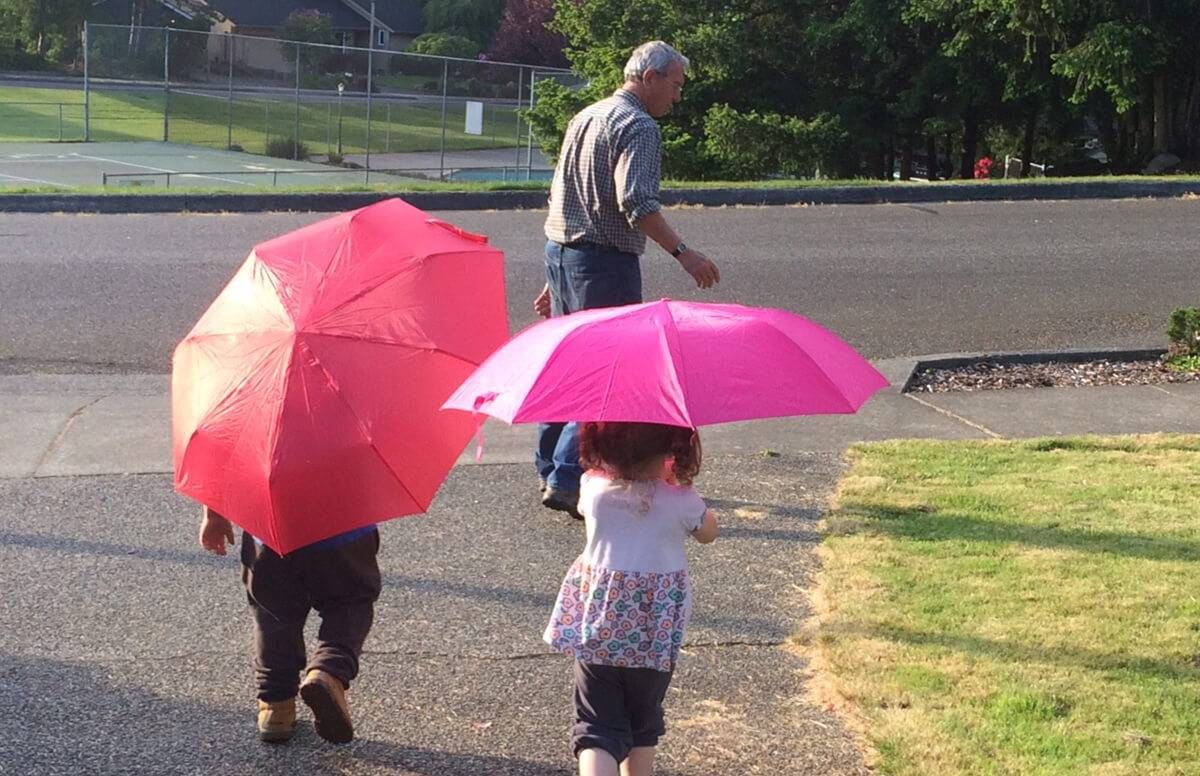Help Needy Kids By Becoming a Short-Term Foster Parent
How one woman provides emergent care and respite care as a foster parent
Like many empty nesters, my husband and I reveled in the ability to take spontaneous trips or simply putter in the backyard without any major commitments involving children. Yet we also missed the controlled chaos of designing a last-minute octopus costume for the school play or driving to a soccer tournament with five squealing tween girls. The house stayed way too clean and was certainly too quiet. What better way to get a messy, noisy house than to invite some children over for a few days?

That’s why my husband Allan and I made the decision to be foster parents, more specifically emergent-care and respite care foster parents.
We enjoy being around kids, live in a great neighborhood next to a 320-acre park and have two empty bedrooms. However, we’re not the typical foster parents that may keep a child for several years. At this point in our lives, we want the freedom to travel for a few weeks several times a year. So, we found what seems to be a perfect fit for us (and hopefully other empty nesters) to help foster children while also giving us the ability to travel on our schedule.
Getting the Foster Parent Call at 10 PM
Often, police or social workers get called to remove children from their home due to abuse or neglect. But what do they do with a traumatized child at 10:00 pm? Sometimes, they bring them to our house.
We notify caseworkers when we are available to take a child in through “Emergent Care.” This could mean getting a night call from a caseworker saying, “We’ve just removed three siblings from their home. Can we bring them over?” The children arrive, and we make them as comfortable as possible while the caseworker gets to work finding a long-term foster home. Each state has different requirements, but usually the caseworker has around 72 hours to find that long-term placement.
We welcome the children to what we call “Camp Clark.” Our goal is to provide them a few days of fun and calm. The children probably won’t remember our names or where we lived. Hopefully, though, they’ll remember us as people that cared for them, played silly games and made a great batch of homemade playdough. We want them to know that kind, respectful adults exist.
Getting Emotionally Involved With the Kids
It’s easy to get emotionally involved as the children arrive. They come from horrific situations where I wish I could hug them and make their trauma go away.
It’s heartbreaking to meet a five-year-old who has been in 10 foster homes. One time, we cared for 3-, 5- and 6-year-old siblings who were basically non-verbal (and still in diapers) because of parental neglect.
After hearing one 14-year-old say, “Whenever I go to a new foster home, they always show me where I’ll sleep. And it’s always in the corner of a basement,” I decorated one bedroom with a jungle theme. Oh yes… it’s complete with a six-foot giraffe mural, stuffed monkeys hanging from vines and animal books galore. The other bedroom contains a flowered canopy above the pink-flowered quilt. Give me five minutes and I can transform that room to a sports-themed bedroom with a blue basketball quilt and matching curtains.
Thanks to donations from friends and garage sales, I have containers of extra clothes and pajamas, since children often arrive with just a few items in their backpacks. We want them to know they deserve a welcoming and creative environment.

Doing What Loving Parents Might Do
As children settle in, we do what loving parents might do: feed them, read books, take walks to the park and bring out the costume box. It doesn’t take long for the kids to get happily engaged in an activity.
Within two or three days, the caseworker calls to let us know the pick-up time to move the children to their new home. It’s often with mixed feelings we see the children leave. We enjoyed their time with us, and yet are disheartened that they have such disrupted lives.
Another option for short-term foster care is respite care and we do that, too. Foster parents accrue respite days, just like employees get vacation days. We might get a call two weeks in advance, asking to take a child for three days so their foster parents can have a mini-vacation. We simply say yes or no, depending on our schedule. Recently, brothers stayed with us for two days while their foster mother handled the complicated court logistics to adopt another foster child.
Why Short-Term Foster Care Works for Empty Nesters
Short-term foster care works for empty nesters on many levels. Empty nesters know how to redirect negative behavior or (hopefully) calm a tantrum before it escalates. And our homes usually have a spare room or two. Let’s face it. Many of us miss reading Goodnight Moon over and over!
By providing short-term foster care, children have a safe and inviting place to go during this stressful time in their lives. In most parts of the country, there is a dire need for any type of foster home. The caseworkers we work with appreciate the days we are available, and we feel no guilt when taking time off to travel or fulfill other commitments.
Thanks to Google, it’s easy to simply type in “Foster Care Licensing in (your state).” You’ll find governmental agencies as well as private organizations that will walk you through the steps. Yes, it requires some paperwork, background checks and a few classes. But when a frightened child arrives in your home, you know it’s worth the effort.

